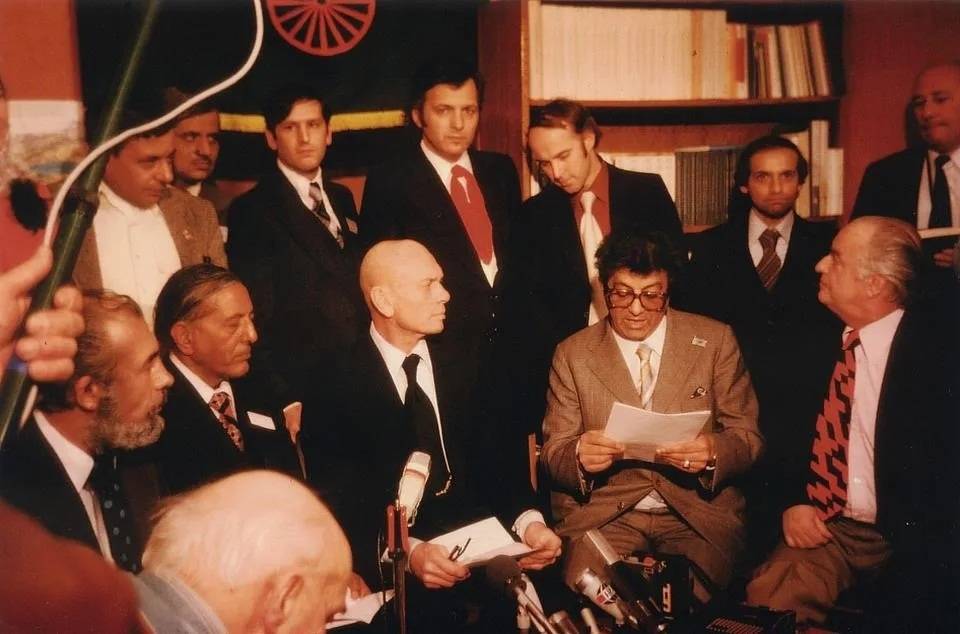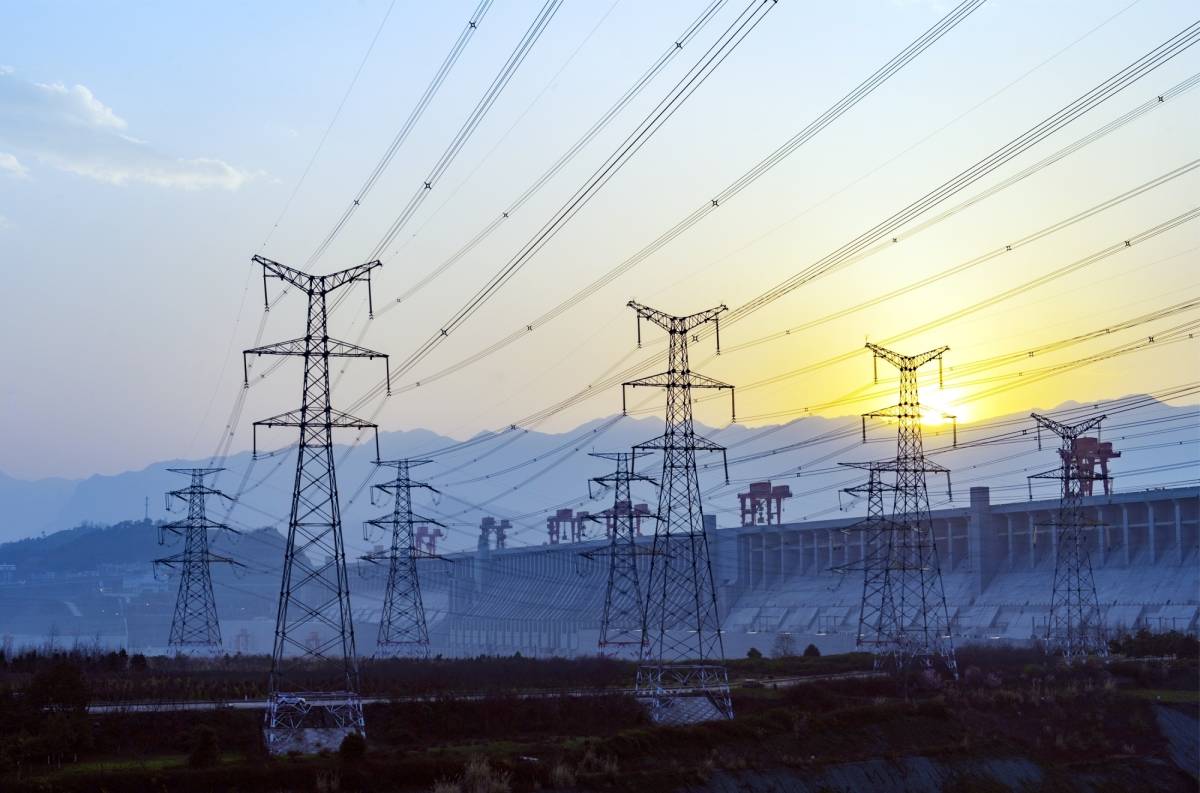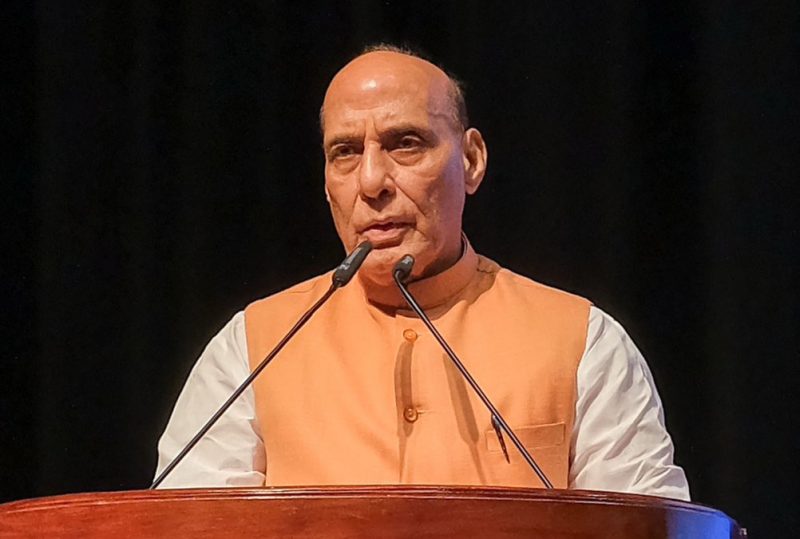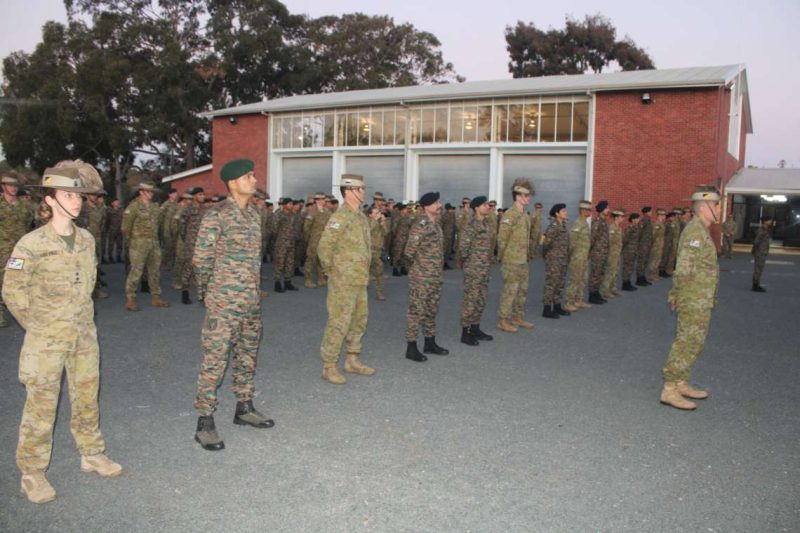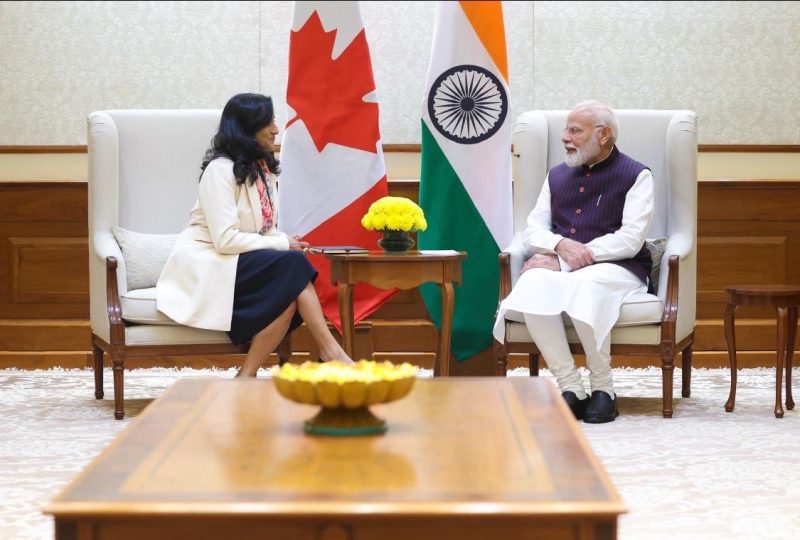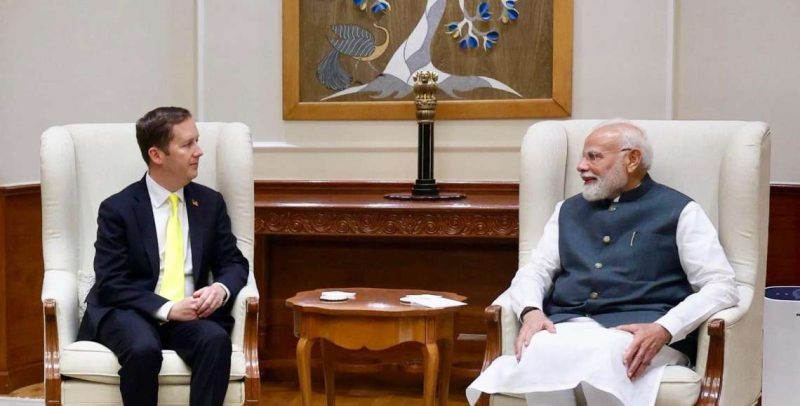The persecution of Roma has a longer history and has been taking place for nearly half a millennium. They were subjected to different draconian policies and regulations for centuries after they arrived in Europe…reports Mohammed Zameer Anwar
It is not well-known, but the Roma people, who are scattered across the globe, and Indians share deep commonalities of lifestyles, beliefs, values, customs and habits. Throughout history, the Romani people have practiced and preserved their ethnic culture, tradition and language, in spite of constant marginalization, discrimination, and persecution. Roma is internally segmented as a community and dispersed throughout the world with different social and political milieus.
The adoption of April 8 as the International Roma Day in the First World Romani Congress in 1971, resonated with great significance among its 25 million diasporas, the idea of a common cultural heritage. The Roma Day serves as a catalyst in reflecting back on the past and recent history of Romani people and contemporary obstacles, challenges and threats as well as opportunities for Roma’s identity, justice and dignity.
The persecution of Roma has a longer history and has been taking place for nearly half a millennium. They were subjected to different draconian policies and regulations for centuries after they arrived in Europe. In today’s Europe, anti-Gypsyism (also known as Anti-Romanyism or Anti-Ziganism) is still among the most virulent and most violent forms of social resentment towards the Roma community, despite the European parliament adopting a resolution on fighting anti-Gypsyism, and reinforcing its call for the protecting the fundamental rights of Roma in October 2017. Millions of Roma live in inhumane conditions in many European countries – Bulgaria, Romania, and Hungary. In Kosovo, tens of thousands of Roma were evicted from their homes after the Civil War. In several European countries such as Italy, the Czech Republic and Bulgaria, violence against Roma people has been a common phenomenon during the last decade.
The first evidence of Roma’s aspiration towards civil emancipation and equal status can be found in the 19th CE in the Balkans within the boundaries of the Ottoman Empire. The first Romani organization was established in Romania in 1926, and the very next year, Serbian-Gypsy association for mutual assistance in sickness and death was founded in Yugoslavia. In 1939 Panhellenios Syllogos Ellinon Athinganon (Pan Hellenic Cultural Association of the Greek Gypsies) was founded in Athens. Its chief objective was to get Greek citizenship and Greek passports for the Gypsy immigrants who came to Greece from Asia Minor. Thereafter, several other regional and national and transnational organizations sprang up in different parts of Europe.
Notwithstanding, First World Romani Congress turned out to be a watershed in the history of political movement and transnational unity of the Roma Community. It triggered a myriad of the emancipatory activities including fight for equality and social justice as well as the preservation of language and cultural identity. This congress was organised by members of the Gypsy Council and the Comit International Rom with part financial support of the World Council of Churches and the Government of India at Orpington in south-east London in April 1971. Twenty-three representatives from nine nations (Czechoslovakia, Finland, Norway, France, Great Britain, Germany, Hungary, Ireland, Spain and Yugoslavia) and observers from Belgium, Canada, India and the United States, attended the congress.
Romani delegates were seeking out a symbol that would link Roma with India, as they wanted to revive the lost connection with India. Yugoslavia and India being a strong ally in the Non-Aligned Bloc, Roma looked to India for the protection and solidarity. W.R. Rishi, then attach at the Indian High Commission in the United Kingdom, participated in the Congress as an Independent observer and played a pivotal role in inscribing the red wheel (known as the Ashoka Chakra and Dharma Chakra) onto the blue and green Romani fag. The flag depicts historical and strong relations with their motherland, India, as well as symbolizes the eternal spiritual values and social and moral ideals of India.
The name “Roma” was officially promulgated at the First World Romani Congress in 1971 as the primarily preferred ethnonym for the Roma-Gypsy groups. The term “Roma” refers to a collective form of self- identification with a different array of political implications arising out of the Romani emancipation movement (conventionally defined as having started with the First World Romani Congress in 1971). “Roma” is also the “politically correct” term employed by the larger societies in which those designated as Roma. In the same Congress, “Gelem, gelem” song originally written by Zarko Jovanovic in 1969, was also chosen as the official Anthem of Roma.
Since the revolutions of 1989 overthrowing the socialist governments of Eastern Europe, torture, prejudice and violence against Roma have heightened with steep fall in economic status in Eastern European countries. According to a survey conducted by Times Mirror in 1991, the preponderance of Europeans including 71 percent of Bulgarians, 91 per cent of Czechoslovaks, 59 percent of Germans, 79 percent of Hungarians and 50 percent of Spaniards was contemptuous to Romani people. In the same year, the other survey, conducted by Freedom House and the American Jewish Committee, pointed out that 78 percent of Czechoslovaks, Hungarians and Poles detest living with Roma. The third survey in 1991 outlined that 41 per cent of Romanians desired Roma should be unfavourably dealt with. In 1993, Helsinki Watch pointed out that 10 percent of Hungarians wished to see Roma liquidated. In December 1994, the Center for Empirical Studies in the Czech Republic found that 46 per cent of Czechs approved of cracking down on Roma with harsher laws.
In order to cope with discrimination and inequality gap, the European Union has set out numerous measures during the mid-1990s. But a milestone initiative was taken in 2011 by the European Union with the adoption of an EU framework for national Roma integration strategies up to 2020. In October 2020, with the renewed commitment the European Commission has adopted a new 10-year plan with the focus on equality, inclusion and participation, besides education, health, housing and employment up to 2030. That aimed at addressing and tackling the socio-economic exclusion of and discrimination against Roma by promoting equal access in four main areas: education, employment, health, and housing. Many of the policies and strategies intend to improve equality, inclusion and participation of Roma, however the ground realities speak otherwise.
The World Roma Day has become the right occasion to critically look into the progress on education, employment, health, housing and other social indicators as well as reassess the policies and actions to deal with discrimination, racism, stereotype, injustice and inequality inflicted upon Roma.
(Zameer Anwar is Senior Research Associate in the Centre for Roma Studies and Cultural Relations at the Indian Council for International Co-operation.)
ALSO READ-Do not pay while crossing Romanian border, India tells students


